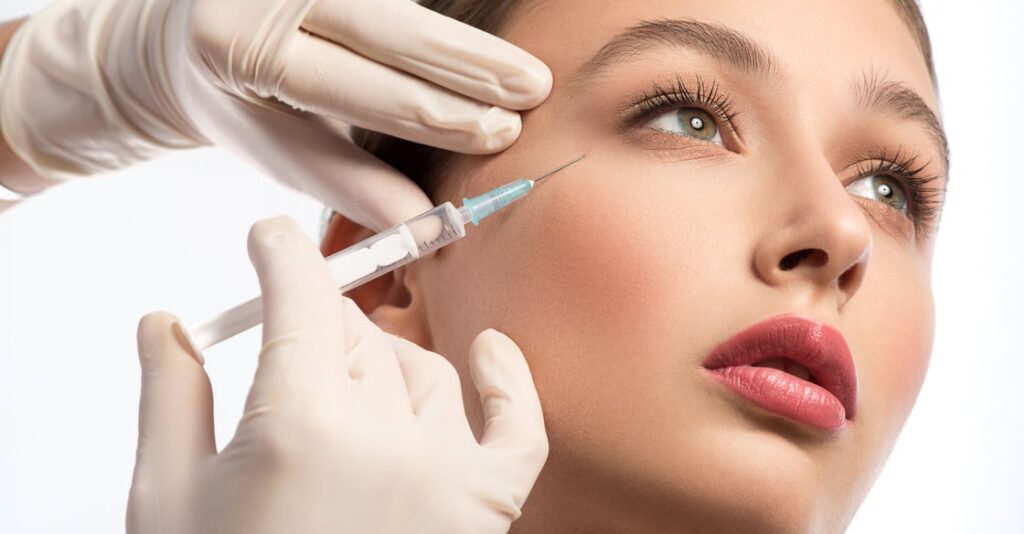Botox is widely known for its cosmetic benefits, but its uses extend far beyond reducing wrinkles. This FDA-approved neurotoxin temporarily blocks nerve signals to muscles, providing effective solutions for various conditions. Here are four uses and benefits of Botox:
1. Reducing Fine Lines and Wrinkles
Botox is commonly used for cosmetic purposes to address facial wrinkles and signs of aging. The treatment works by relaxing muscles that create dynamic wrinkles when making facial expressions. These wrinkles develop from repeated muscle contractions over time.
The most effective areas for cosmetic Botox include crow’s feet around the eyes, forehead lines, and frown lines between the eyebrows. Patients notice smoother skin texture and reduced wrinkle depth within three to seven days after treatment. Results typically last three to four months before requiring touch-up sessions. Facial injectables like Botox provide a non-surgical alternative to invasive procedures. The treatment takes approximately 15-20 minutes and requires no downtime, making it convenient for busy schedules.
2. Treating Chronic Migraines
Medical professionals use Botox to treat chronic migraines in adults who experience headaches for 15 or more days per month. The FDA approved this application in 2010 after clinical trials demonstrated a significant reduction in headache frequency and severity.
Botox for migraines involves injections at multiple points around the head and neck. The treatment blocks pain signals and reduces muscle tension that contributes to headache development. Studies show that Botox reduces monthly headache days. This improvement can significantly enhance the quality of life and reduce dependency on pain medications.
3. Managing Excessive Sweating (Hyperhidrosis)
Hyperhidrosis affects millions of people who experience excessive sweating beyond what the body needs for temperature regulation. Botox offers an effective treatment for this condition by blocking nerve signals that activate sweat glands. The treatment is particularly helpful for underarm sweating, though it can also address excessive sweating in hands, feet, and other areas.
Injections are placed directly into the affected skin areas using fine needles. Most patients experience significant sweat reduction within one to two weeks. Results from Botox for hyperhidrosis typically last for a few months. This extended duration makes it a practical solution for managing excessive sweating that interferes with daily activities and social interactions.
4. Addressing Muscle Spasms and Medical Conditions
Botox is used to treat various medical conditions involving muscle spasticity and overactivity. Healthcare providers use it to manage cervical dystonia, which causes painful neck muscle contractions. The treatment also helps with muscle stiffness in arms and legs following a stroke or other neurological conditions.
Other medical applications include treating overactive bladder, lazy eye, and certain types of muscle spasms. Each condition requires specific injection techniques and dosing protocols tailored to individual patient needs. The therapeutic effects of Botox for medical conditions develop gradually over several weeks. Treatment duration varies depending on the specific condition, but generally ranges from three to six months.
Schedule Your Botox Consultation Today
Botox offers proven benefits for both cosmetic enhancement and medical treatment of various conditions. Whether you’re seeking to reduce facial wrinkles, manage chronic migraines, or address muscle spasms, this versatile injectable can provide meaningful improvements. Contact a certified provider to schedule a consultation and explore how Botox injectables can benefit your health and well-being.

